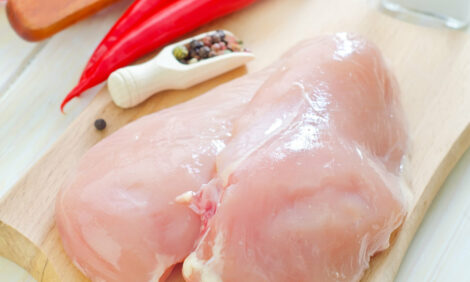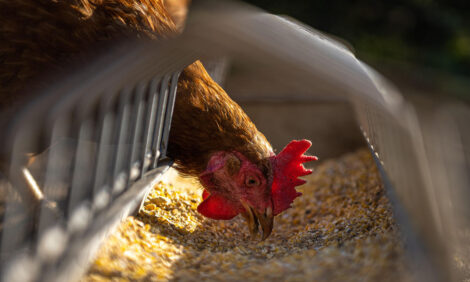



Overview of Bone Biology in the Egg-Laying Hen
By C. C. Whitehead, Roslin Institute. Published by Poultry Science - In young pullets, long bones elongate by endochondral growth. Growth plate chondrocytes proliferate, then hypertrophy, and are replaced by osteoblasts that form a network of trabecular bone. This bone is gradually resorbed by osteoclasts as the bone lengthens.Abstract
Long bones widen, and flat bones are formed, by intramembranous ossification in which cortical bone formation by osteoblasts in the periosteal layer is accompanied by osteoclastic resorption at the inner endosteal surface. Growth of structural trabecular and cortical bone types continues up to the onset of sexual maturity in pullets.
At this point, the large surge in estrogen changes the function of osteoblasts to forming medullary bone rather than structural bone. Medullary bone is a woven bone that acts as a labile source of calcium for eggshell formation. It lines structural bone and also occurs as spicules within the marrow cavity.
It has little inherent strength but can contribute to fracture resistance. Osteoclasts resorb both medullary and structural bone so that during the period the hen remains in reproductive condition there is a progressive loss of structural bone throughout the skeleton, which is characteristic of osteoporosis. The increasing fragility of the bones makes them more susceptible to fractures.
The dynamics of bone loss can be affected by a number of nutritional, environmental, and genetic factors. If the hen goes out of reproductive condition, estrogen levels fall, osteoblasts resume structural bone formation, and skeletal regeneration can take place.
The study is published in Poultry Science - Volume 83, February 2004, Number 2
Source: Poultry Science - February 2004









